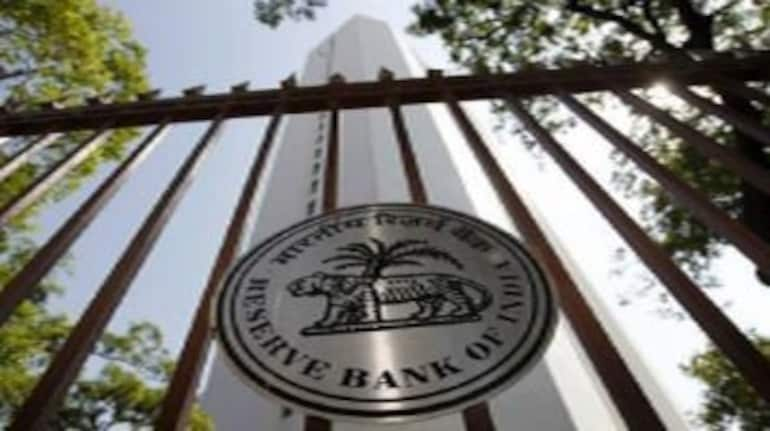



Suvodeep RakshitAfter a rate cut on expected lines in the April monetary policy meeting, the RBI is poised to pause in the June 7 meeting. This will likely be a wait-and-watch meeting as the RBI awaits clarity on both domestic and global events and assesses the results of its past policy decisions. However, the RBI will likely reiterate its accommodative stance and provide further insights in its liquidity framework as it seeks to move the liquidity position towards a neutral zone over the medium term.The reasons for a pause (repo rate at 6.50%) in the June meeting are quite definitive. On the domestic front, the central bank needs to assess the monsoons outturn (at least till July) and its impact. More importantly, the April print of CPI inflation at 5.4% was around 35 bps above market expectations. The RBI will prefer to gauge whether the disinflationary impulses continue; especially as core inflation remains sticky and crude prices have started to inch up. On the global front, the pace and timing of the Federal Reserve’s rate hikes (the next meeting is on June 14 and 15) and the United Kingdom’s June 23 referendum on Brexit will weigh on the RBI’s thought process. The April inflation print showed signs of increasing food prices, specifically vegetables, fruits, pulses, and meat and fish. High frequency indicators hinted at hardening prices even in May. The government has been prudent in providing MSPs with the prices support increase geared towards pulses and oilseeds. Additionally, IMD’s latest forecast of a favorable spatial and temporal distribution of rainfall favors production of major crops. The RBI would ideally want to look through the current period and wait for the monsoons to bring the food prices in check. Ideally, a good indication of the acreage and potential output can be estimated after July provided withdrawal of monsoon is not too prolonged. We expect the CPI inflation trajectory to glide towards the 5% mark by end-FY2017.The more important question for the markets will on the liquidity management framework. The RBI outlined in its last policy that it would shift towards liquidity being in a neutral zone away from its aim of keeping the liquidity deficit around the 1% of NDTL mark. Since the beginning of FY2017, the RBI has injected liquidity to the tune of Rs700 bn in April-May (along with the government starting to spend again) leading to deficit closing down to Rs230 bn currently from around Rs1.5 tn at the start of FY2017.Liquidity in 1HFY17 is likely to move towards neutral on the back of payback in currency in circulation (CIC), monthly OMO purchases of around Rs200 bn, and RBI’s surplus transfer to the government amongst other factors. However, the markets will be more clued on to how the RBI looks at liquidity panning out during the FCNR(B) redemption phase in September-November. We expect a deficit of around Rs650 bn to be created due to FCNR(B) redemptions along with seasonal pick up in CIC, and some curbs in government spending. We estimate the need for almost Rs1.6 tn of liquidity injection (possibly through outright OMOs) in 2HFY17 after an estimated Rs1.4 tn of liquidity injection in 1HFY17 as the RBI moves the system liquidity closer to neutral. Even as the RBI pauses in the June policy, it will be more of breather as a host of global and domestic issues start to pan out over the next six months. The best the RBI can do now is to be on a wait-and-watch mode and take stock of situations before it acts both on policy rates and markets. Even though the room for incremental rate cuts is limited, there is still a lot for the RBI to do in terms of managing the NPL situation, rates transmission and maintaining a stable exchange rate amid global flux.Author is Economist, Kotak Institutional Equities.
Discover the latest Business News, Sensex, and Nifty updates. Obtain Personal Finance insights, tax queries, and expert opinions on Moneycontrol or download the Moneycontrol App to stay updated!